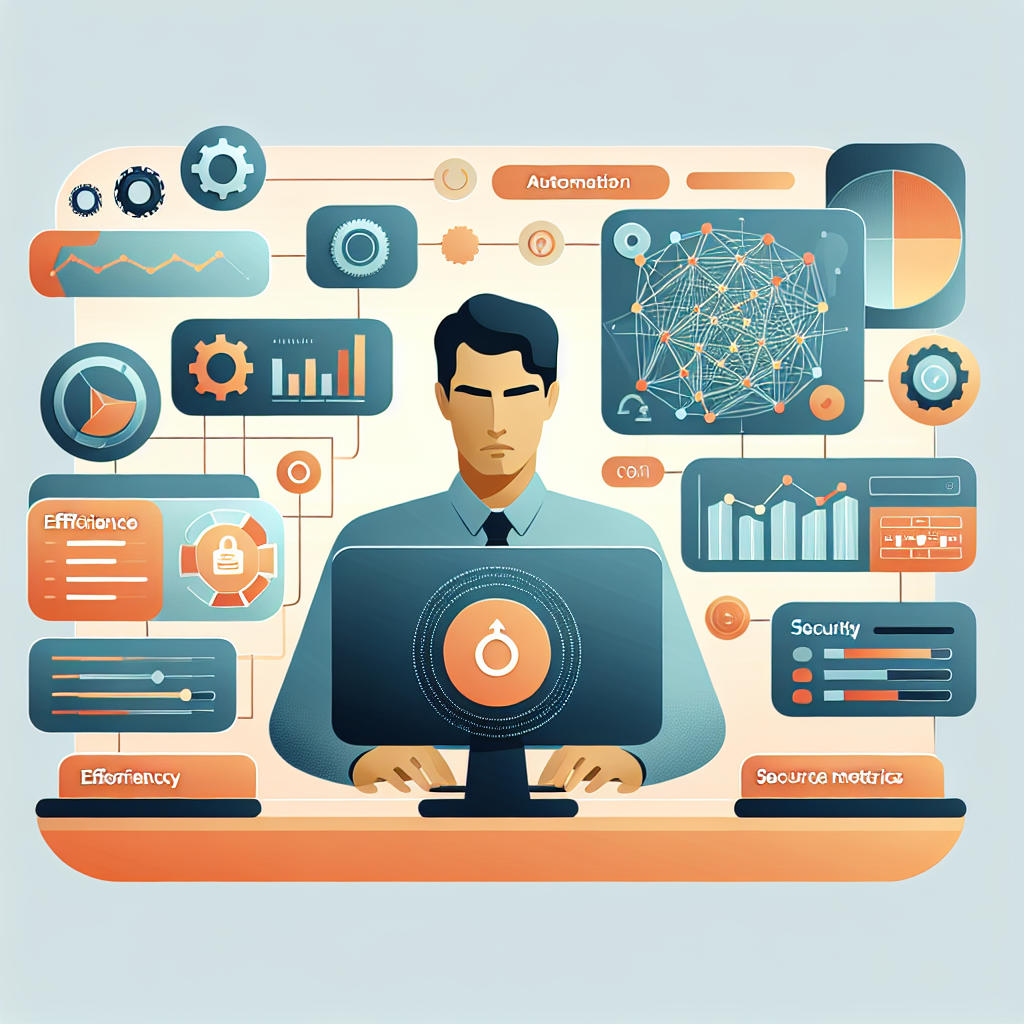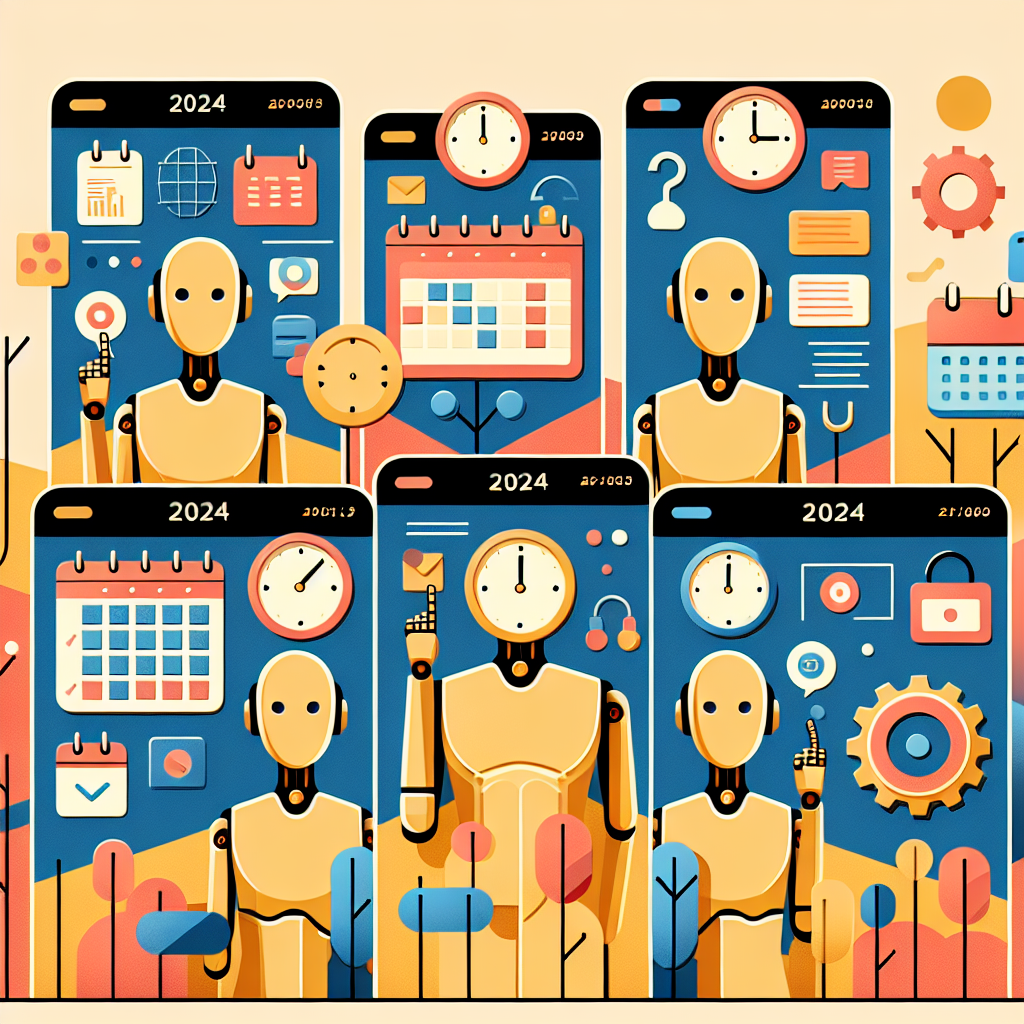What You Need to Know About Multimodal Large Language Models!

Short Summary
Multimodal Large Language Models (MLLMs) are revolutionizing the way we interact with technology. By combining text, images, and even sounds, these models push the boundaries of traditional AI. This article breaks down what MLLMs are, how they work, and why they matter to everyone, from tech enthusiasts to everyday users.
Understanding Multimodal Large Language Models
As technology advances, we find ourselves in a world where communication isn’t limited to just words on a screen. Enter Multimodal Large Language Models. These innovative models process various data types—text, images, audio—simultaneously, offering a richer, more contextual understanding of content.
For example, while traditional models might analyze a written article, MLLMs can also interpret the accompanying images and audio, creating a holistic understanding of the material. Think of MLLMs as the Swiss Army knife of AI, capable of handling multiple tasks at once.
Key Features of MLLMs:
- Multimodal Input: The ability to process different types of data at the same time.
- Contextual Understanding: More accurate interpretations based on the integration of various content types.
- Enhanced Interaction: Users can engage with technology in more intuitive ways, such as through voice commands paired with visuals.
One significant advantage of MLLMs is their capability for cross-modal learning, meaning they can improve by drawing connections between text and images or sounds. This leads to smarter AI that comprehends your queries with greater accuracy.
Why Should You Care?
MLLMs are not just a technical gimmick; they have real-world applications that affect you and me. From personalized education tools that cater to different learning styles to AI-driven customer service that understands both spoken and written queries, the potential is enormous.
As MLLMs become more prevalent, they will influence industries ranging from marketing and entertainment to healthcare and more. The more we understand them, the better we can adapt and utilize these technologies for our benefit.











